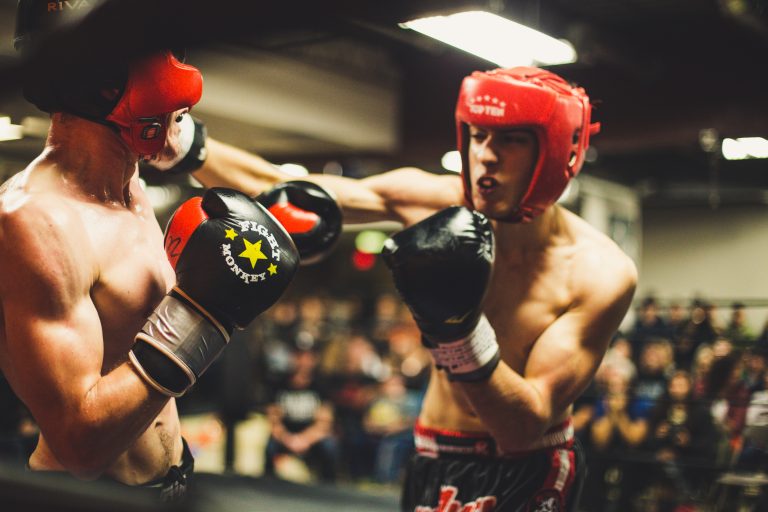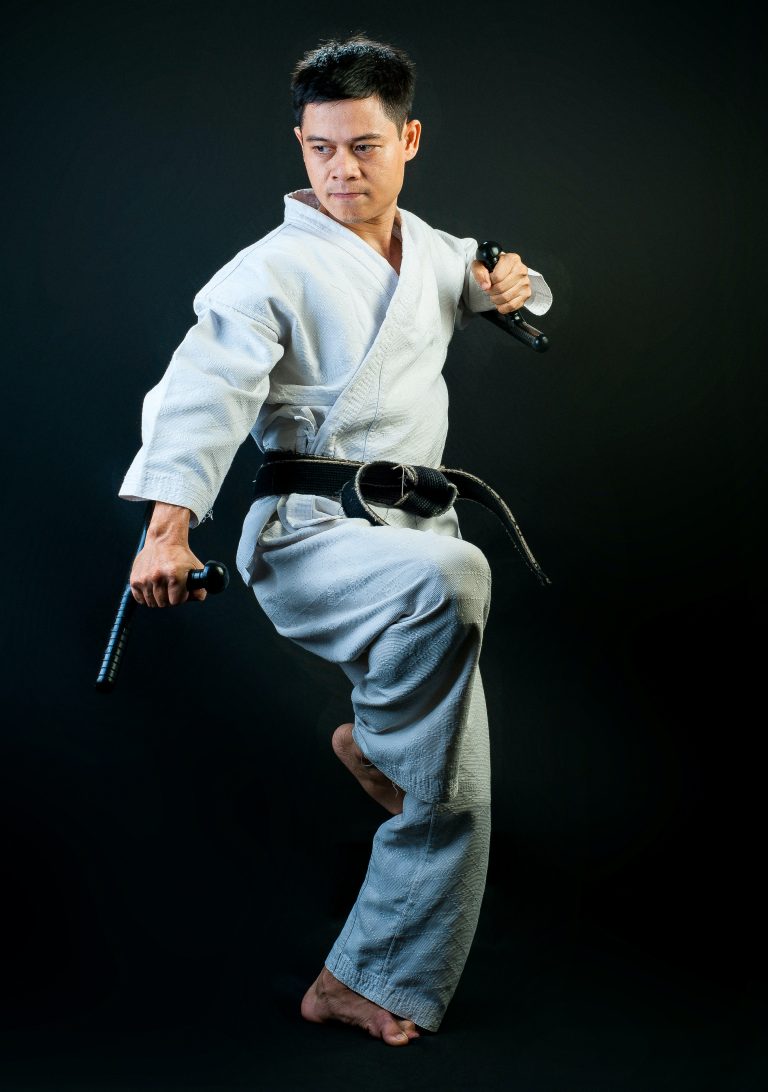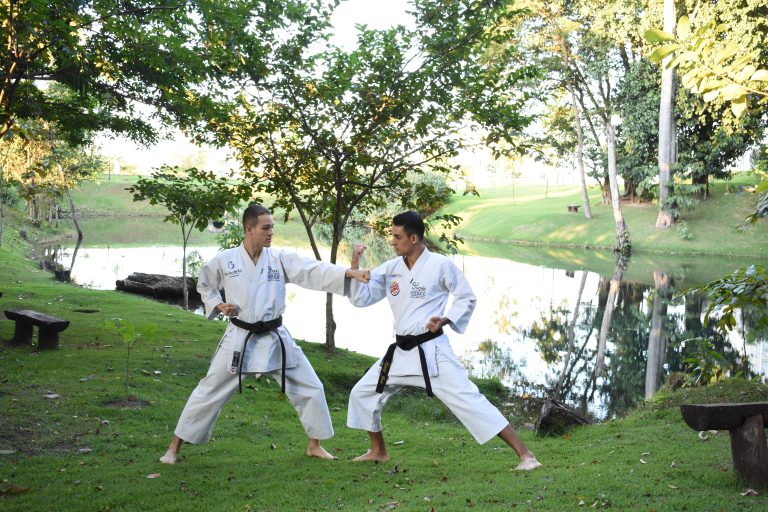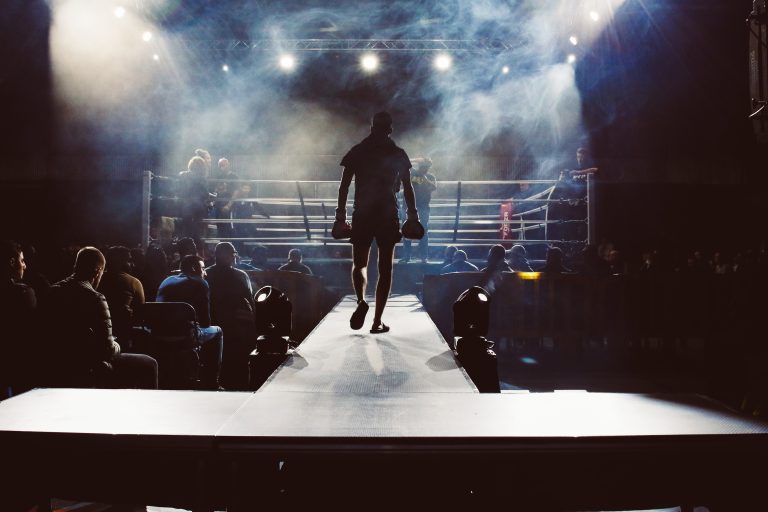How to Improve Your Karate Kicks: Tips and Techniques
Karate is a martial art form that requires precision, power, and technique. Whether you are a beginner or an experienced karate practitioner, one of the most important facets of karate is perfecting your kicks. In this blog post, we will discuss techniques and tips to help you improve your karate kicks and take your martial arts practice to the next level.
Anatomy of a Kick
Before we dive into the techniques and tips, it’s important to understand the anatomy of a kick. There are three parts to a kick that you need to focus on:
– The preparation phase: This involves getting into the stance and the initial movements before you execute the kick.
– The execution phase: This involves kicking with precision, speed, and accuracy.
– The recovery phase: This involves getting back into the stance after you have executed the kick.
Techniques to Improve Your Karate Kicks
Here are some techniques to help you improve your karate kicks:
1. Perfect Your Stance
The stance you use when kicking is crucial to the execution of a good kick. Make sure your feet are shoulder-width apart and that you are balanced on the balls of your feet. If you are off-balance or your feet are too far apart, your kicks will lack power and precision.
2. Work on Your Flexibility
Flexibility is crucial in karate, as it helps you execute higher kicks with greater ease. Incorporate stretching exercises into your daily routine to improve your overall flexibility. Focus on stretching your hip flexors, hamstrings, and groin muscles.
3. Practice Kicking Drills
Practicing a variety of kicking drills will help you gain muscle memory and improve your overall technique. Some drills to try include front kicks, roundhouse kicks, and side kicks. Practice these kicks repetitively to develop muscle memory and improve your form.
4. Strengthen Your Leg Muscles
In addition to flexibility, having strong leg muscles is essential for producing powerful and accurate kicks. Incorporate exercises like lunges, squats, and calf raises into your workout routine to strengthen your leg muscles.
5. Focus on Your Form
Form is critical when it comes to karate kicks, and even small errors in technique can affect the accuracy and power of your kick. Focus on keeping your knee slightly bent when kicking and snapping your foot back quickly after you execute the kick. This ensures a fast and accurate kick.
Tips to Improve Your Karate Kicks
Here are some additional tips to improve your karate kicks:
1. Visualize your kicks
Visualization is a powerful tool that can help you improve your karate kicks. Before executing a kick, take a moment to visualize yourself performing the kick with the right technique, precision, and power. Doing this frequently will improve your form and technique.
2. Practice with a partner
Practicing with a partner is a great way to improve your kicks. Your partner can provide feedback, offer suggestions, and even hold pads or targets for you to aim at. This will help you develop accuracy and precision in your kicks.
3. Work on Your Breathing
Proper breathing can help you deliver more power and accuracy in your kicks. Focus on your breathing when executing your kicks, taking deep breaths before each kick and exhaling fully as you execute it. This will help you maintain your balance and power throughout the kick.
How to Improve Your Karate Kicks
Introduction
Karate is a martial art that requires a lot of physical and mental agility. Among the range of techniques practiced, one of the most fundamental is the kick. Karate kicks are essential not only for offense, but also for defense. But, like all techniques, it can be improved over time. In this blog, we’ll be addressing the most frequently asked questions asked about improving karate kicks.
What is the correct technique for a karate kick?
The correct technique for a karate kick depends on which kick you’re performing. Let’s take the basic front kick (mae-geri) as an example. You start the kick by lifting your knee straight up in front of you, then extending your leg forward with the ball of your foot as the striking surface. When you’re pulling your leg back, you should use the same path as when you brought it out.
What muscles should I focus on while practicing karate kicks?
Karate kicks require a lot of stability from your legs, and they involve several different muscles. While practicing karate kicks, especially the front kick, you should focus on your hip flexors, quadriceps, hamstrings, glutes and calf muscles. For stability, you need to also focus on your core muscles, including your abdominals and lower back.
How can I increase flexibility for karate kicks?
Flexibility is crucial for any martial artist. To improve your flexibility, it’s best to stretch regularly, and especially before and after training. Dynamic stretching before training helps warm up your muscles and joints, prepare your body for the intensity of the workout, and increase blood flow to your muscles. Static stretching after training helps cool you down, decrease soreness and stiffness, increase range of motion, and reduce the risk of injuries. Incorporating yoga or Pilates into your routine can also help improve your flexibility.
How can I improve my coordination and balance for karate kicks?
Coordination and balance are key aspects of karate, and can only be improved through regular practice. Here are some helpful tips:
- Improve your posture by practicing good body alignment.
- Practice specific drills for balance and coordination. For example, balance on one leg with your eyes closed, pivot on one foot while keeping the other foot up, or kick a ball with one foot while standing on the other foot.
- Practice on a variety of surfaces to challenge your balance even more.
How can I improve my speed and power for karate kicks?
Speed and power are important for any martial artist, and can be improved with regular practice. To improve your speed:
- Start with slow and precise movements, and gradually increase your speed.
- Practice with a metronome to increase your timing and rhythm.
- For power, focus on strengthening the muscles involved in kicking, such as your leg muscles.
- Learn to use your whole body effectively and efficiently. Use your hips and torso to generate power, and remember to exhale as you strike.
How to Improve Your Karate Kicks
Karate is a martial art that is based on skill, discipline, and precision. One of the essential techniques in karate is the kick, which forms a crucial part of any practitioner’s arsenal. If you are new to karate, learning how to kick correctly can be a challenge. In this article, we will provide you with a comprehensive guide on how to improve your karate kicks.
Step 1: Warm-up
Before you start practicing your kicks, it is essential to warm-up. Warming up helps to prepare your muscles for the rigorous activity that lies ahead. Begin your warm-up routine by doing some light cardiovascular exercise such as jogging in place, jumping jacks or skipping rope. Then, stretch your legs, paying particular attention to your hip muscles, glutes, quadriceps, and hamstrings.
Step 2: Practice the Basics
The fundamental kicks in karate are the front kick, sidekick, and roundhouse kick. These kicks form the foundation upon which other advanced kicks are built. Therefore, it’s crucial to practice them correctly. Start with front kicks; first, stand with your feet shoulder-width apart, lift your knee straight up, extend your leg forward until it is straightened, and then retract your leg back to the ground slowly. Ensure your foot is flexed, and your toes are pointed toward your shin. Repeat the exercise several times, gradually increasing your speed and power.
Step 3: Use Kicking Targets
To improve your kicking accuracy, you will need to use kicking targets. Kicking targets can be anything from a pad, a heavy bag or your partner’s hand as they hold a target in place. Using kicking targets helps you to concentrate on hitting a specific point with the right amount of force. The targets also help to improve your reflexes, endurance, and coordination.
Step 4: Work on Your Flexibility
Flexibility is a crucial element in martial arts. Develop flexibility in your legs by doing stretching exercises, starting with simple stretches and gradually building up to more challenging ones. Some stretches that can help you improve your kicking flexibility include hamstring stretches, hip stretches, and groin stretches.
Step 5: Incorporate Plyometrics
Plyometric exercises are a great way to develop power in your kicks. Plyometrics are exercises that involve explosive movements like jumps and hops. Begin by incorporating simple plyometric exercises such as jump squats, jumping lunges, and box jumps. Remember to start slowly and gradually increase the intensity and duration of the exercises.
Step 6: Practice Kicks with Weights
In addition to plyometrics, using weights can also help to improve your kicking power. During your training, add ankle weights, leg weights, or wrist weights to your legs and arms, respectively. Practice your kicks with the added weight, but remember to start slowly and gradually increase the weight as your strength improves.
Step 7: Seek Out Feedback
Getting feedback from a qualified karate instructor or a senior practitioner is essential in improving your karate kicks. They can provide you with valuable insights on how to improve your technique, posture, and form. They can observe your kicks and provide you with feedback, highlighting areas that need improvement or areas where you are doing well.
Conclusion
Improving your karate kicks takes time, dedication, and patience. With the right training, equipment, and mindset, you can take your kicking skills to the next level. Be sure to incorporate the tips mentioned above into your training regimen, and don’t forget to seek out feedback from experienced practitioners. Remember that practice makes perfect, and the more you practice, the better you will become!
Inhaltsverzeichnis






